IV. Gas industry of Turkmenistan: from the past to the present
12:24 12.08.2024 22264
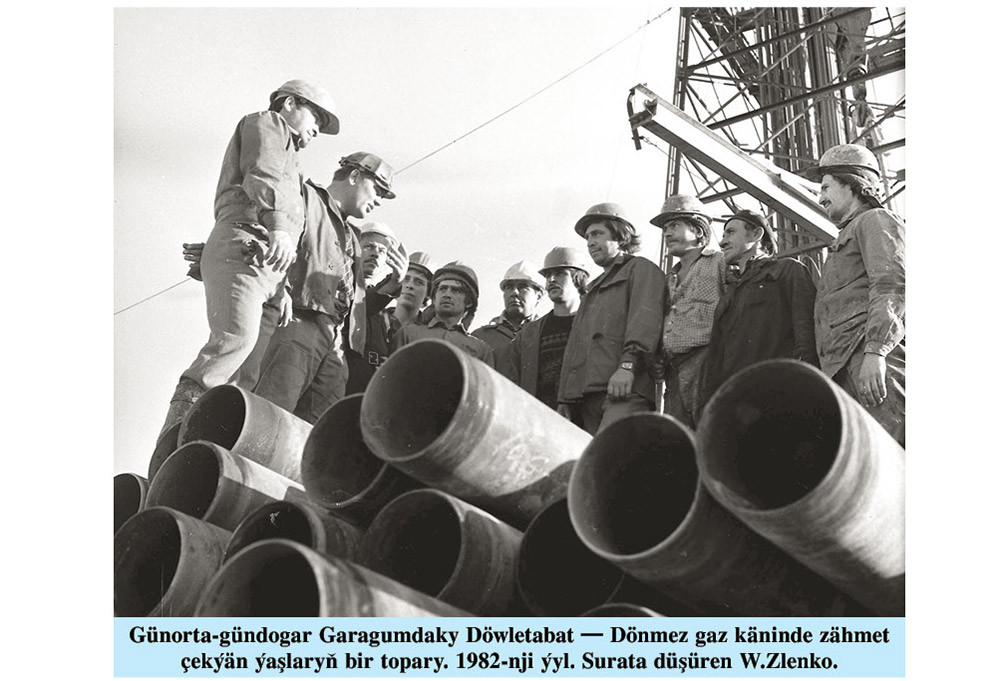
When the high efficiency of larger construction and installation work was proven at the Şatlyk gas condensate field, this method was also used at the Döwletabat-Donmez gas condensate field, which is one of the largest gas fields in terms of resources, as a result of which the field development time was reduced almost twofold, which certainly influenced the national economy. This production method was also used at the Üçajy, Seýrap, Malaý, 10 Years of Independence, Ýolguýi and other gas and gas condensate fields prepared for development.
The Döwletabat gas condensate field was discovered in January 1974 with the receipt of industrially significant gas inflow as a result of experimental work from the measuring (parametric) well No. 1 at a depth of 2,292 meters. The structure of this field was revealed as a result of seismic exploration studies conducted in 1969–1971. The gas field tectonically belongs to the Gummezli- Döwletabat hemi-anticline and the Badhyz-Garabil monoclinal fold.
To prepare the field for industrial exploitation, exploratory wells were drilled and deposits of the Neogene-Quaternary, Paleogene, Cretaceous, Upper Jurassic and Permian-Triassic periods were discovered.
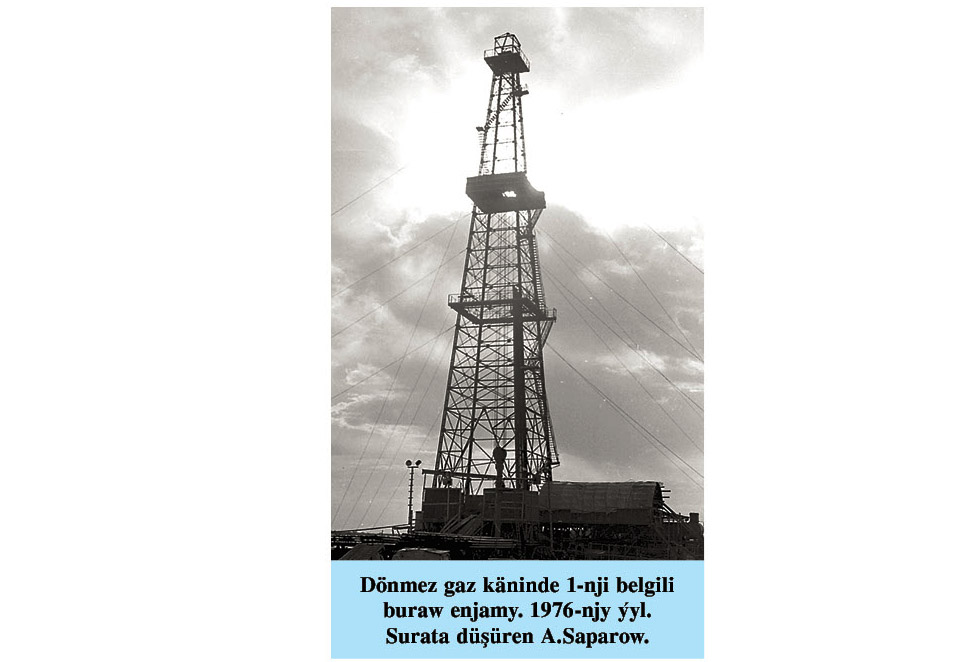
The Döwletabat-Donmez field conditionally consists of three geologically related parts: Döwletabat-1, Döwletabat-2 and Döwletabat-3. These deposits were put into operation in 1982, 1984 and 1988, respectively, with wells placed according to the block system.
The Döwletabat-Donmez gas condensate field is located in the south-eastern part of Turkmenistan in the territory of the Sarahs etrap of the Ahal velayat and the Yoloten etrap of the Mary velayat. The city of Sarahs is located in the north-west of the field, with which it is connected by an asphalt road 18 kilometers. The nearest large settlement, the town of Tejen, is located 125 km in the north-west of the field, 100 km north of the city is the Şatlyk field, 50 km to the north-east is the Galkynyş field and 40 km to the south-east is the Gurrukbil gas condensate field.
In terms of orography, the region includes the north-western part of the Badhyz elevation, the eastern part of the Kopetdag Mountains and part of the hilly upland that turns into the Karakum Plain.
The relief of the region mainly consists of flat areas; in the south of the field, there are hills with a height difference of 100 meters, and in the north-east, there are rows of sand dunes.
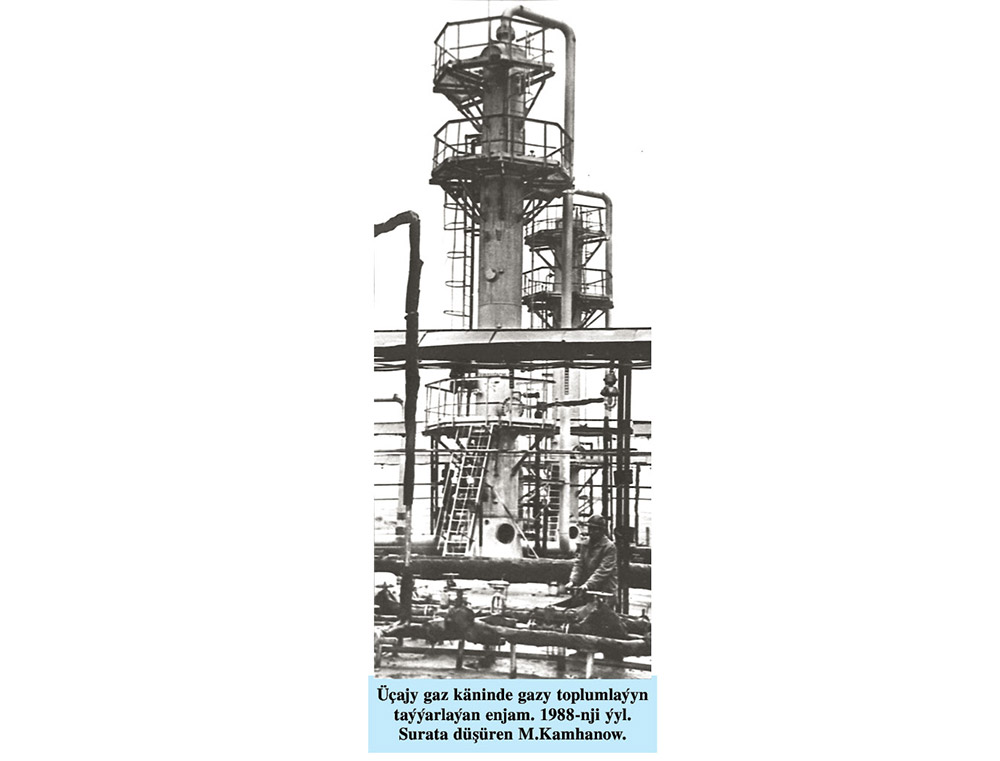
In the southeastern part of this area, there are low ridges of Garanymbaýyr and Kesikburun and the Gummezli, Hangyry and Adjarly elevations of +475 +653 meters, which stand out among other elevations. In the north-west, in the area of the Hor-Hor reservoir, the terrain is somewhat leveled.
The field is distinguished by the complexity of the geological section of the developed productive layer (bed).
Part of the Döwletabat-1 field is located in the sulfur-free zone and contains gas condensate. There are three process units operating there, the capacity of each is 5 million cubic meters a day. Gas from Döwletabat -1 from the PGTU (preliminary gas treatment unit) is fed to the gas compressor unit (GCU), located in the Döwletabat-2 part. Then the gas is sent to the BCU-2 (booster compressor unit) inlet, where it undergoes complete purification and drying.
There are four PGTUs (Nos. 2, 3, 5 and 8) operating at Döwletabat-2. According to the design, the throughput capacity of each of them is 5 billion cubic meters a year. Their total capacity is 20 billion cubic meters of gas a year.
There are four PGTUs (Nos. 1, 4, 7 and 9) operating at Döwletabat-3. According to the design, the capacity of each of them is 5 billion cubic meters, in total – 20 billion a year. Main unit No. 2 with a design capacity of 20 billion cubic meters of tank gas a year is located in the sulfur part of the Döwletabat gas condensate field. Main unit No. 2 of the Döwletabat-3 unit purifies gas from PGTUs Nos. 1, 4, 7 and 9 and from the Gurrukbil field. A total of four desulphurization units are in operation.
Oraznazar HESHDEKOV
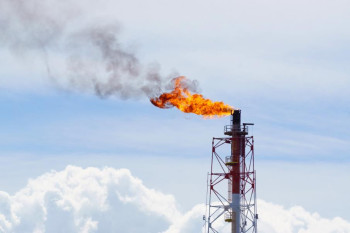
Turkmenistan is actively promoting initiatives for the benefit of humankind
Under the leadership of President Serdar Berdimuhamedov, Turkmenistan is taking the forefront in solving the global challenges of our time, actively promoting large-scale initiatives and, most importantly, proposing ways to solve them. Positive initiatives, intended to bring enormous benefits to humanity, include ensuring energy security, efficiency and the diversification of energy supplies, addressing climate change, introducing innovations and using investments to achieve the Sustainable Development Goals.

Labor Achievements of Gas Workers – to the Significant Holiday of the Motherland
In accordance with the Program of the President of Turkmenistan for the socioeconomic development of the country for the period 2019–2025, along with other production structures of the Türkmengaz State Concern, a significant contribution to the increase in natural gas production is made by the personnel of the Tamping Directorate, the main activity of which is the cementing of casing strings in wells under construction.
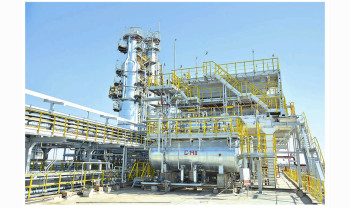
Impressive achievements of Seydi oil refiners
In the past year – the year “Fount of Wisdom Magtymguly Pyragy”, the labor collectives of organizations and enterprises of the oil and gas complex made a significant contribution to the development of the national economy. The dynamics of productivity growth at enterprises is stably maintained at the present time. This can be seen by reviewing the production indicators of the Seydi oil refinery.

Seydi Oil Refinery Increases Manufacture of High-Quality Products
In the conditions of market economy, one of the main requirements is the production of high-quality competitive goods in demand. The commitment to this principle is demonstrated by the staff of the Seydi Oil Refinery, which achieves high production rates. In this context, the past eight months of the year “The Era of the People with Arkadag” were marked by impressive achievements.

Fruitful Work of Oilmen
Specialists of the production divisions of the Türkmennebit State Concern successfully cope with the tasks of the effective industrial development of deposits rich in hydrocarbon raw materials. The enterprises of the Concern are implementing plans to increase the production of “black gold” and “blue fuel”, developed by Turkmen scientists, geologists and process engineers and based on the latest achievements of modern science and world experience.




